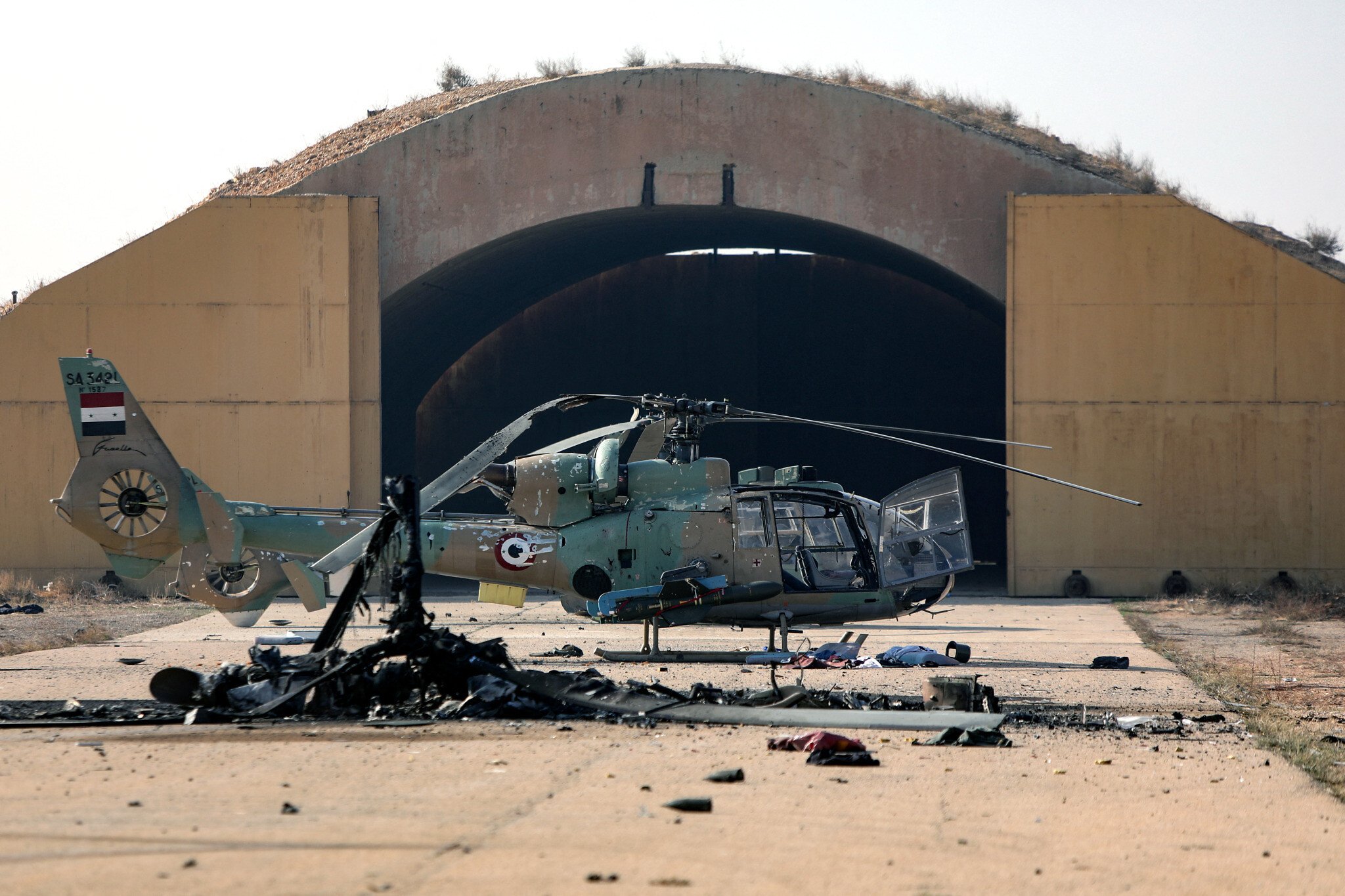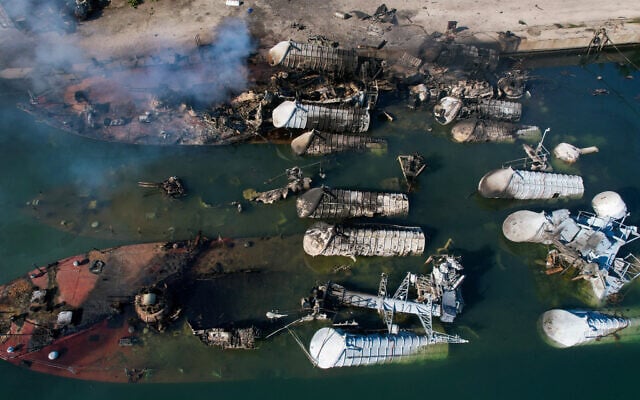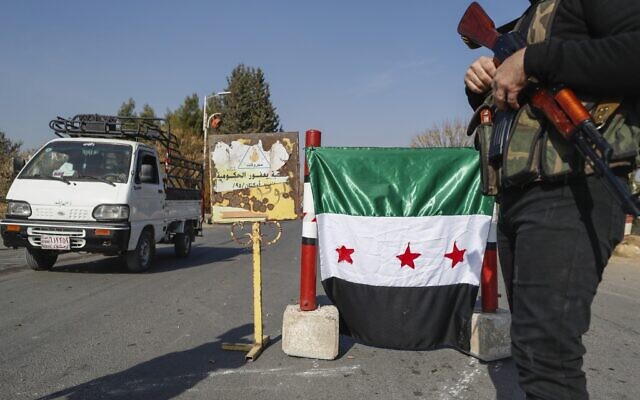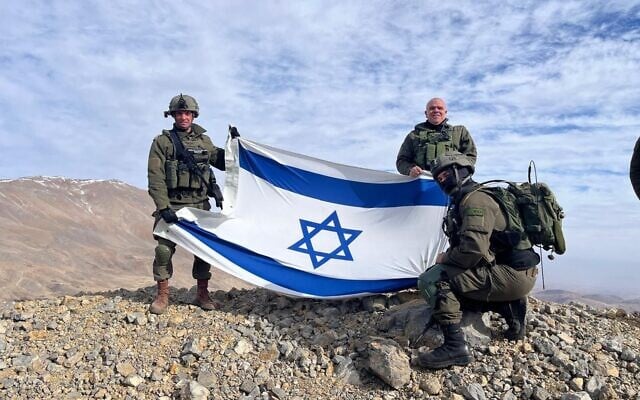



The Israeli military said on Tuesday that it has carried out strikes against 320 “strategic targets” in Syria since the fall of the Assad regime over the weekend, destroying advanced weaponry Israel fears could fall into the hands of hostile elements, including Hezbollah.
The military estimates that it has destroyed more than 70 percent of the former Assad regime’s strategic military capabilities.
The strikes began late Saturday, first taking out Syrian air defenses to give the Israeli Air Force more freedom.
According to the Israel Defense Forces, the 320 targets were struck across all of Syria, from Damascus to Tartus.
The targets destroyed in the strikes included Syrian air defense systems, missile depots, manufacturing facilities, drones, helicopters, fighter jets, tanks, radars, navy vessels and more, the IDF said.
The name of the operation to destroy the former Assad regime army’s weapons is dubbed “Bashan Arrow” within the military, after the biblical name for the region of the Golan Heights and southern Syria.

Defense Minister Israel Katz, meanwhile, confirmed reports that the navy carried out a large-scale operation to destroy the former regime’s naval fleet.
Touring a Navy base in Haifa on Tuesday, Katz was briefed by senior officers on how the operation was carried out.
Military sources said that numerous Syrian navy vessels armed with sea-to-sea missiles were destroyed in strikes carried out by Israeli Navy missile boats Monday night at the Minet el-Beida bay and Latakia port on the Syrian coast.

Katz also issued a warning to Syria’s rebels on Tuesday, saying that any entity that poses a threat to Israel will be targeted relentlessly.
“The IDF has acted in the last few days to attack and destroy strategic capabilities that threaten the State of Israel,” he said, warning the rebels that “whoever follows Assad’s footsteps will end up like Assad did. We won’t allow an extremist Islamic terror entity to act against Israel from beyond its borders… we will do anything to remove the threat.”
Katz reiterated that the IDF is creating a demilitarized area, and said he has ordered a “sterile defensive zone” to be created in southern Syria, without a permanent Israeli presence, to prevent any terrorist threat to Israel.
The Israeli operations in Syria came in the wake of a lightning offensive by rebel forces there, which on Sunday toppled the regime of Bashar al-Assad in a dramatic two-week chapter of a civil war that began in 2011, and which had been locked in a stalemate for years.

Following the regime’s fall, Israel moved to destroy regime weapons sites before they could fall into the hands of forces hostile to the country, amid the chaotic takeover by rebel groups, many of which were originally associated with al-Qaeda and other jihadist groups.
At the same time, Israel denied reports that its ground forces had gone beyond a buffer zone in the Golan Heights that the IDF seized on Sunday and stressed that its control of that area was a temporary, defensive measure.
“Reports circulating in some media outlets claiming that IDF troops are advancing or approaching Damascus are completely incorrect,” Col. Avichay Adraee, the IDF’s Arabic-language spokesman, wrote on X.

“IDF troops are present inside the buffer zone and at defensive positions close to the border in order to protect the Israeli border,” he added.
The comment came after Reuters, citing two regional security sources and one Syrian security source, claimed that troops reached “Qatana.” It was unclear whether the report was referring to the Qatana district, parts of which abut the buffer zone, or the town of Qatana, which is around 25 kilometers (15.5 miles) from Damascus and east of the buffer zone.
Israel has said it will not become involved in the conflict in Syria and that its seizure of the buffer zone established in 1974 was a defensive move.
Israel said its airstrikes would carry on for days, but told the UN Security Council that it was not intervening in Syria’s conflict. It said it had taken “limited and temporary measures” solely to protect its security.
